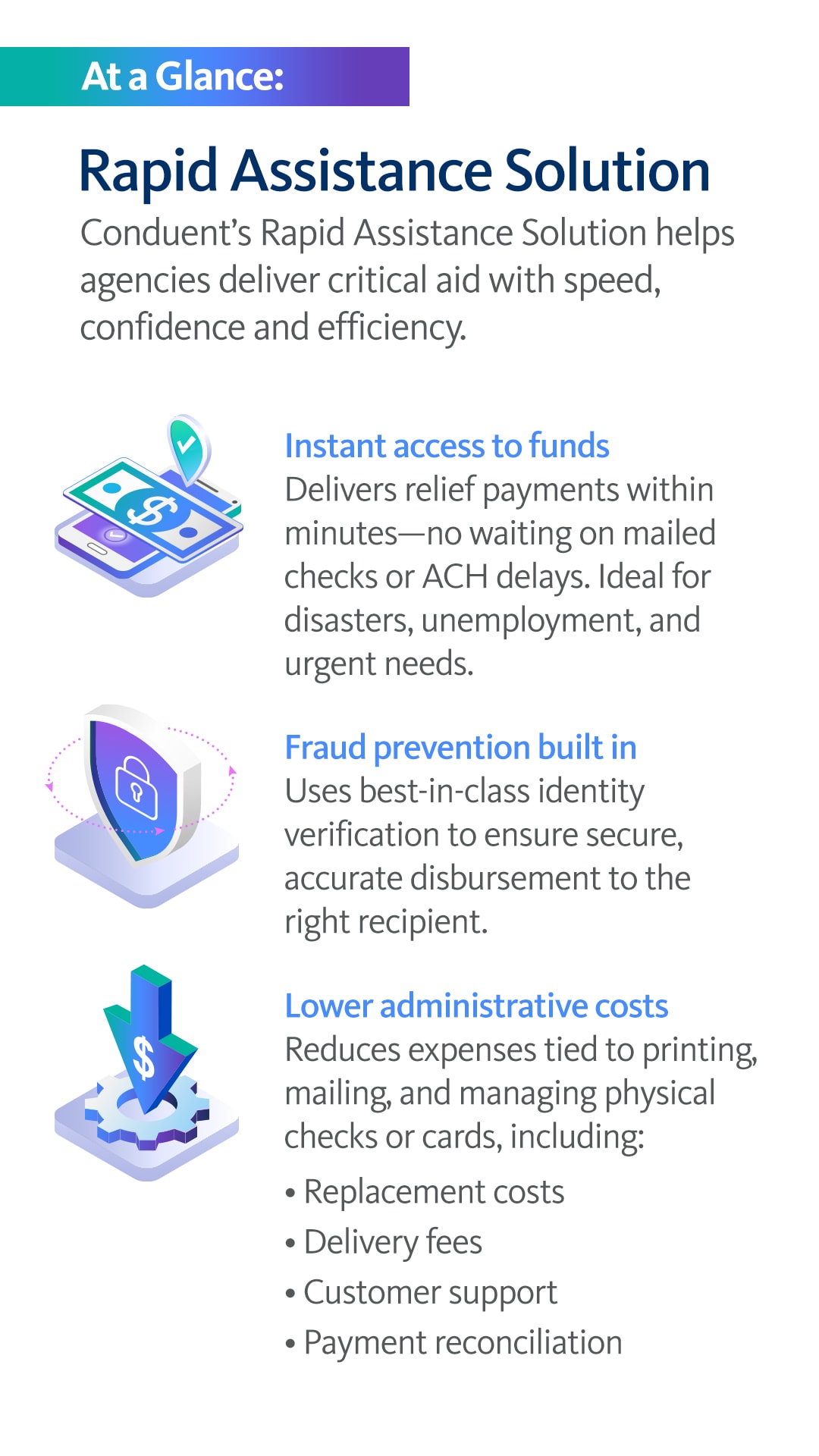After the storm, before the aid: Why it’s time to rethink disaster recovery in America
In the eerie quiet after a disaster, when sirens fade and news crews pack up, survivors are left to navigate a new, more private trauma. Parents sift through broken walls. Neighbors take stock of what’s gone. And all around, people wait: for power, for clean water, for help. This waiting period, marked by paperwork and uncertainty, can be as devastating as the event itself.
Disaster recovery is not just a logistical challenge. It’s an emotional one. Families living out of cars or shelters must find a way forward, even as relief proves hard to reach. The longer it takes, the deeper the despair.
The 2025 Atlantic hurricane season is forecast to be more active than usual, with up to 19 named storms and as many as five major hurricanes expected. Warmer ocean temperatures and favorable atmospheric conditions are fueling concern among emergency planners. In a year like this, ensuring fast, coordinated disaster relief is vital.
A nation of unrelenting disasters
The scale and frequency of disasters in the United States have grown exponentially. In 2023 alone, there were 28 separate billion-dollar disasters causing nearly $93 billion in damages. The following year brought 27 more. In just seven years, the U.S. has faced 137 major disasters, killing over 5,500 people and inflicting more than $1 trillion in harm.
Disasters, once exceptional, are now routine. Since 2011, over 95% of Americans have lived in a county affected by a federally declared disaster. From hurricanes and wildfires to floods and tornadoes, few communities remain untouched.
Yet as disasters grow more intense, our systems for helping people recover haven’t kept pace.
Related: eBook: Pathways to fast and secure digital relief payments
Systemic roadblocks to recovery
If surviving a disaster is the first test, navigating the relief system can feel like a second one. Survivors often face a thicket of systemic obstacles: fragmented communication, sluggish fund distribution, verification delays and paper-based processes.
The federal recovery framework involves more than 30 agencies and dozens of programs, developed piecemeal over decades. The result? Confusing rules, siloed data, and long delays. Survivors must repeat their story to multiple officials. Funds approved in one department can take weeks to materialize. In the meantime, bills pile up—and hope erodes.
Even identity verification, meant to prevent fraud, becomes a barrier. People may have lost documents in the disaster, or be flagged by automated systems. Each new requirement means more time before a family can pay for groceries or find temporary shelter.
Many agencies still rely on paper: printed forms, mailed checks, hand-signed approvals. In an age of cloud computing, this slows everything down, especially for those without a mailing address.
Related: As hurricane season looms, many communities face a critical vulnerability
Collaboration in crisis
Solving these problems requires more than new software. It demands a culture of collaboration. Disasters call for federal agencies, state and local governments, nonprofits and community groups working as one.
Each has a role. FEMA may have the funds, but local agencies know the neighborhoods. Nonprofits can reach marginalized groups but rely on government coordination. When these entities work in harmony, relief arrives faster and more equitably.
There are promising developments. States and FEMA are testing joint command centers and data-sharing protocols. Nonprofits are increasingly included in pre-disaster planning. The goal: real-time collaboration, not post-disaster improvisation.
Survivors shouldn’t have to care which agency issued the check or which nonprofit handles their case. They just need help, quickly. It’s up to the system to coordinate behind the scenes.

Modernizing relief: From paper to platform
One of the most effective ways to cut delays is to replace outdated manual systems with secure, modern digital platforms. This isn’t about technology for its own sake. It’s about getting aid into people’s hands quickly and with minimal friction.
Imagine verifying a survivor’s identity in seconds, not days. Imagine a relief payment hitting a digital wallet within hours, not weeks. These capabilities already exist, and they work.
Public and private partnerships are advancing digital disbursement methods that support direct deposit, mobile wallets or prepaid debit cards. These solutions reach people whether or not they have a bank account or a permanent address. Built-in identity checks help prevent fraud while preserving speed and trust.
One example is our Rapid Assistance Solution, which enables government agencies and nonprofits to securely distribute emergency funds within minutes of approval. The platform supports multiple payment types, scales during major crises, and can be paired with additional support services. The goal is simple: fast, flexible relief that meets people where they are.
Related: Digital payments: More than just convenient
The urgency of speed and compassion
Disasters test not only the resilience of communities, but the responsiveness of our systems. We can’t prevent every wildfire, flood, or storm. But we can build systems that respond with urgency and dignity. That means faster payments, integrated support, and seamless coordination. And it means rethinking what disaster relief looks like, not just as a response, but as a responsibility.
Relief can’t wait, and neither should your residents
Let’s work together to deliver faster, safer, and more flexible aid when your community needs it most. Reach out today to learn how Rapid Assistance Solution can help you modernize your response and make every dollar count.